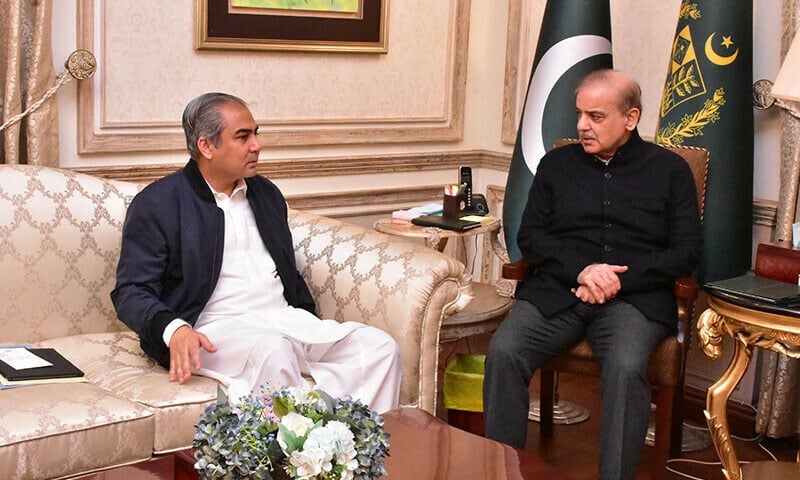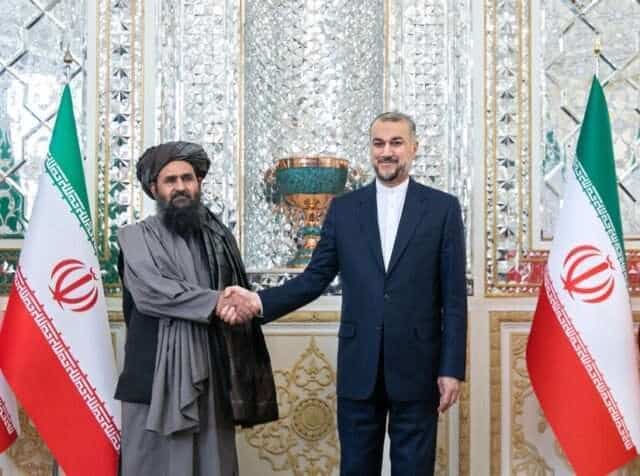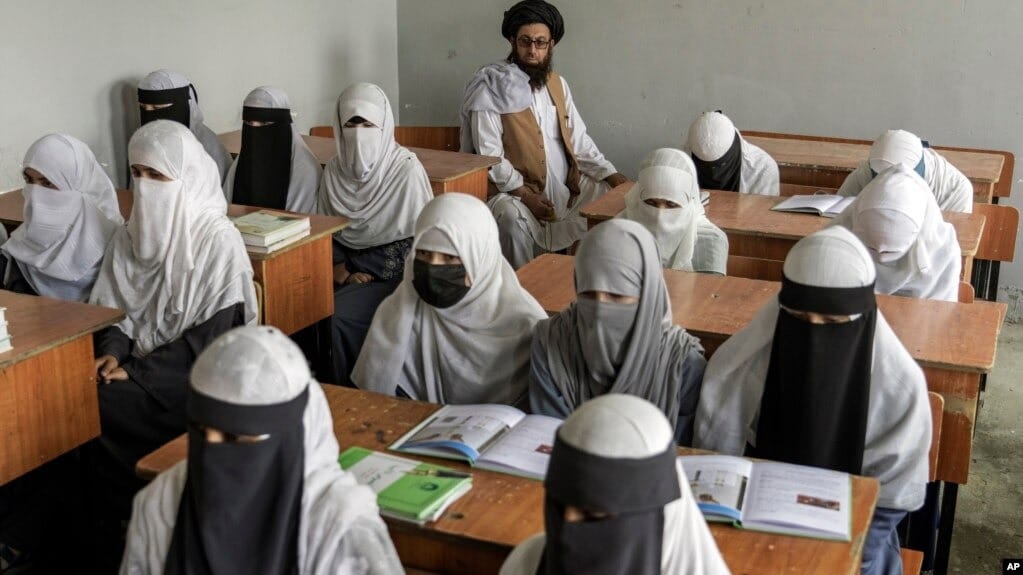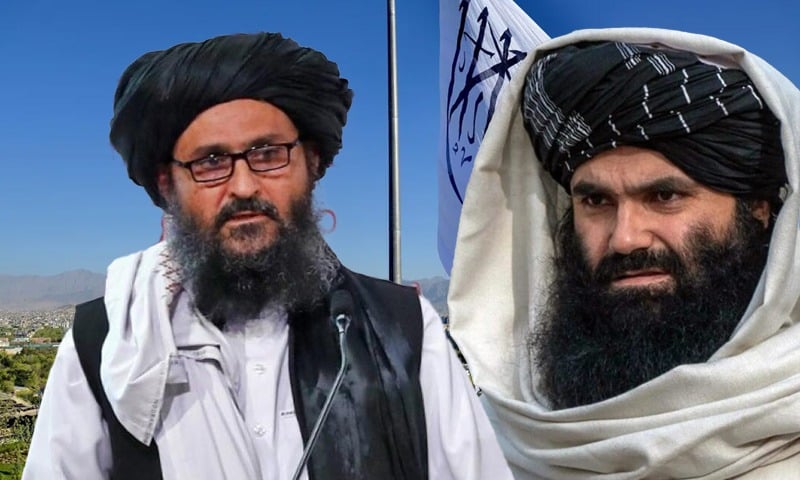The recent attack on Bannu FC camp once again exposes the grim reality that Pakistan continues to face: the persistent threat of militancy with deep links across the Afghan border. While Pakistan engages in trade talks with Kabul, the soil of Afghanistan remains a launchpad for attacks that destabilize Khyber Pakhtunkhwa (KP) and beyond. According to the Inspector General of KP Police (IGP KP), the province alone faces over 8,000 militants, with a United Nations report confirming that nearly 6,000 TTP’s terrorists reside in Afghanistan alongside their families.
For years, Islamabad has repeatedly shared evidence with Afghan authorities, pointing out that these groups not only find sanctuary across the border but also operate within Pakistan through sleeper cells. Afghan nationals, both those crossing illegally and those long settled as refugees, have been identified in numerous terror incidents in KP, Bajaur, North Waziristan, and Balochistan. The scale of the problem is staggering. Arrests and killings during security operations routinely expose whole networks rather than isolated actors, showing how deeply embedded militancy has become.
The southern districts of KP; Bannu, Dera Ismail Khan, Tank, Lakki Marwat, and North Waziristan, have emerged as the epicenters of violence. The frequency of attacks in these areas, particularly in Bannu and Laki Marwat, raises troubling questions. Militants are not only staging repeated assaults but are also probing Punjab’s borders, attempting to expand their influence into Mianwali and Bhakkar. The attack on Bannu FC camp is particularly instructive: of the five attackers, at least three were Afghan nationals. Their identities, accents, and subsequent propaganda videos confirmed their foreign origins. This is not conjecture, it is documented fact.
The IGP KP’s revelation of 8,000 militants in KP presents a challenge of enormous proportions. The police remain prime targets, whether in uniform or off duty. In many southern areas, militants patrol roads, check identification cards, and intimidate locals, mimicking parallel governance. While Pakistan’s military, FC, police, and even ordinary citizens have fought back, often at great sacrifice, the sheer scale of the threat requires more than scattered operations.
This brings us back to the enduring question: operations or negotiations? The National Action Plan, crafted in the wake of the Army Public School massacre of 2014, was supposed to chart the way forward. But its implementation was half-hearted, undermined by political discord. Attempts at negotiation failed due to irreconcilable demands: Pakistan insisted on the supremacy of the Constitution, while militants demanded a reversal of the FATA merger. With talks collapsing, militancy surged back with greater ferocity.
The deeper tragedy lies in how governance failures created fertile ground for militancy. The tribal areas, long neglected, remain deprived of quality education, healthcare, and infrastructure. Promises made during the FATA merger have not been fulfilled. When young men are denied schools, skills, and opportunities, extremist groups exploit the vacuum; offering money, weapons, and a false sense of purpose under the banner of “jihad.” Militancy thus thrives not merely on ideology but on state neglect.
The Afghanistan factor remains central. The Taliban in Kabul repeatedly deny hosting Pakistani militants, dismissing Islamabad’s concerns as internal failures. Yet evidence shows Afghan nationals fighting on Pakistani soil. If Kabul claims control over its entire territory, why do Pakistani organizations recruit openly there? Why are Afghan nationals consistently found among attackers? The contradiction is glaring, and the Afghan Taliban’s credibility is at stake.
The challenge is not just bilateral. Regional stability, particularly projects like CPEC-II, depends on peace in both Pakistan and Afghanistan. China, a key stakeholder, desires stability across the region. Yet unless Kabul recognizes that instability in Pakistan undermines its own prospects, the cycle will persist.
India, meanwhile, is exploiting the vacuum. With Islamabad-Kabul ties strained, New Delhi is extending overtures to the Afghan Taliban, despite branding them terrorists in the past. Diplomatic visits and backchannel contacts reveal India’s opportunism, as it seeks to isolate Pakistan and shape Afghanistan’s alignment in its favor. For Kabul, this may appear as diversification of relations, but it risks ignoring the centrality of its ties with Pakistan, a neighbor whose security is deeply interwoven with Afghanistan’s own.
Ultimately, Afghanistan’s leadership must make a choice. It may pursue relations with any country, but as a Muslim government, it must weigh the implications of aligning with India against Pakistan’s enduring disputes with New Delhi, particularly over Kashmir. The Afghan Taliban often repeat that no group is allowed to use Afghan soil against another country, but actions contradict words.
Pakistan, for its part, must re-examine its own policies. Half-implemented action plans and piecemeal operations will not suffice. A comprehensive strategy that combines governance reforms, regional diplomacy, and uncompromising counterterrorism measures is essential. Without it, the sacrifices of Pakistan’s security forces and citizens will continue, while militancy thrives in the cracks of neglect and denial.





